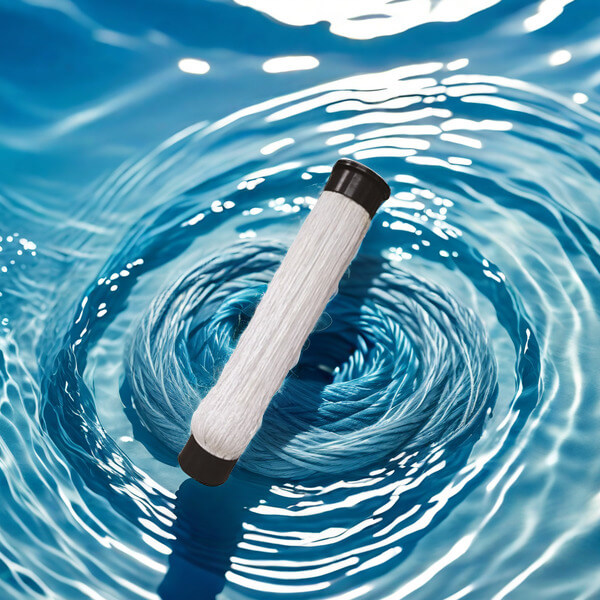Process flow of sewage treatment plant
Wastewater treatment plants are an important component of modern urban infrastructure, whose main function is to treat urban domestic sewage and industrial wastewater to protect water resources and improve environmental quality. The process flow of sewage treatment plants usually includes multiple stages, each with its unique role and significance.
The process flow of sewage treatment plants starts from primary treatment. At this stage, the sewage passes through the grid and sedimentation tank to remove larger solid substances and sediments. This process not only reduces the burden of subsequent processing, but also effectively prevents equipment damage. Primary treatment is the foundation of the entire sewage treatment plant process, which directly affects the effectiveness of subsequent treatment.
Next, the sewage enters the secondary treatment stage. The process flow of sewage treatment plants mainly relies on biological treatment methods. At this stage, organic matter in wastewater is degraded by microorganisms, forming carbon dioxide and water. This process is usually achieved through methods such as activated sludge or biofilters. Secondary treatment is the most critical link in the process flow of sewage treatment plants, which directly determines the efficiency of sewage treatment and the quality of effluent water.

After secondary treatment, the sewage will enter the tertiary treatment stage. The process flow of sewage treatment plants will adopt some physical and chemical methods to further remove residual pollutants in water. For example, technologies such as coagulation sedimentation and membrane filtration are used to remove substances and microorganisms that are difficult to degrade in water. At this stage, the quality of sewage will be significantly improved to meet the discharge standards.
The process flow of sewage treatment plants is not limited to the treatment of sewage alone. During the treatment process, solid substances in sewage can be converted into sludge after sedimentation and dehydration. These sludge can be treated through anaerobic digestion and other methods to produce biogas, some of which can be used for power generation or heating, achieving resource recycling. The treated sludge can also be used as fertilizer, returned to the soil, and promote agricultural development.
After multiple treatments, the clean water will be discharged into natural water bodies or reused. The process flow of the sewage treatment plant ensures that the effluent quality meets environmental standards and protects the health of the aquatic ecosystem at this stage. Some cities are still actively exploring sewage reuse technologies, using treated water for irrigation, industrial cooling, etc., to further achieve sustainable utilization of water resources.
The process flow of a sewage treatment plant is a complex and systematic project, covering multiple stages from primary treatment to tertiary treatment. Every step is striving for the ultimate water quality standard, reflecting the application and achievements of modern technology in the field of environmental protection. Through a reasonable process flow, sewage treatment plants can not only effectively treat sewage, but also contribute to the sustainable use of water resources, providing protection for our environment and ecosystem.
